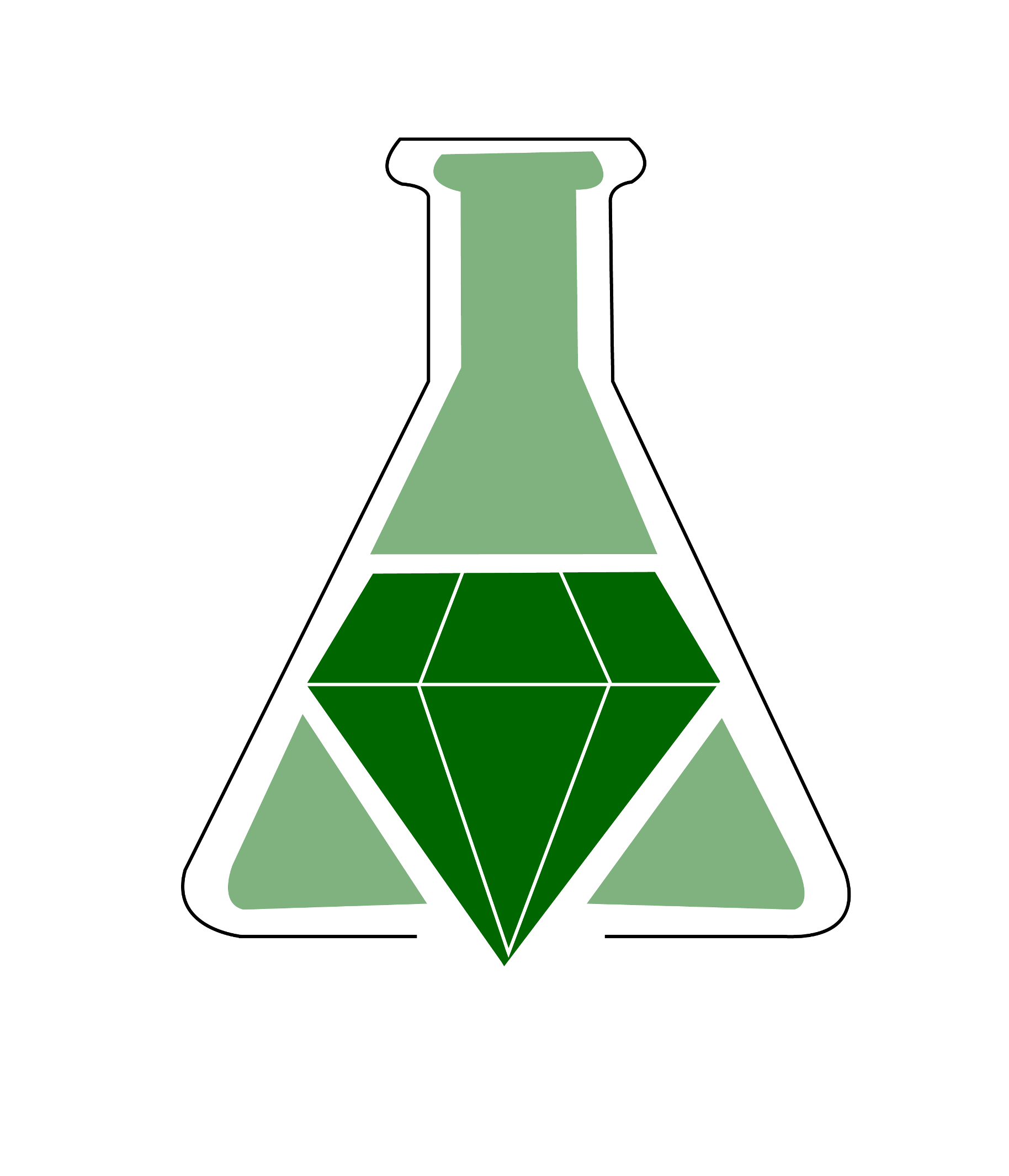The Synthesis of N-Benzyl-2-azanorbornene via Aqueous Hetero Diels–Alder Reaction. An Undergraduate Project in Organic Synthesis and Structural Analysis

Summary
This lab demonstrates a pericyclic reaction that is popular in undergraduate texts, the Diels-Alder reaction, and does so in the context of using water as a safe, alternative solvent. Adapted from work published by Larsen and Grieco in 1985, this experiment makes use of the synthesis of N-benzyl-2-azanorbornene to present green chemistry to students. Not only is this very atom-economical reaction performed in water, but the starting materials are fairly low in toxicity, the yields are good and the product does not persist in the environment.
Easily accomplished in a four-hour lab period, this straightforward experiment introduces students to aqueous chemistry, liquid-liquid extractions, drying agents, rotary evaporation, and IR and proton and carbon-13 NMR spectroscopies.
Supplemental information includes an introduction to the Diels-Alder reaction and green chemistry, lab questions, an experimental procedure, spectroscopic data, and structural analysis. Also, a poster and slide shows are available in a variety of formats.
Summary prepared for the original GEMs database January 2009 by Douglas M. Young at the University of Oregon.
The Synthesis of N-Benzyl-2-azanorbornene via Aqueous Hetero Diels–Alder Reaction. An Undergraduate Project in Organic Synthesis and Structural Analysis
Xavier Sauvage and Lionel Delaude
Journal of Chemical Education 2008 85 (11), 1538
DOI: 10.1021/ed085p1538
Easily accomplished in a four-hour lab period, this straightforward experiment introduces students to aqueous chemistry, liquid-liquid extractions, drying agents, rotary evaporation, and IR and proton and carbon-13 NMR spectroscopies.
Supplemental information includes an introduction to the Diels-Alder reaction and green chemistry, lab questions, an experimental procedure, spectroscopic data, and structural analysis. Also, a poster and slide shows are available in a variety of formats.
Summary prepared for the original GEMs database January 2009 by Douglas M. Young at the University of Oregon.
The Synthesis of N-Benzyl-2-azanorbornene via Aqueous Hetero Diels–Alder Reaction. An Undergraduate Project in Organic Synthesis and Structural Analysis
Xavier Sauvage and Lionel Delaude
Journal of Chemical Education 2008 85 (11), 1538
DOI: 10.1021/ed085p1538
Safety Precautions, Hazards, and Risk Assessment
See published journal article
Link to external
